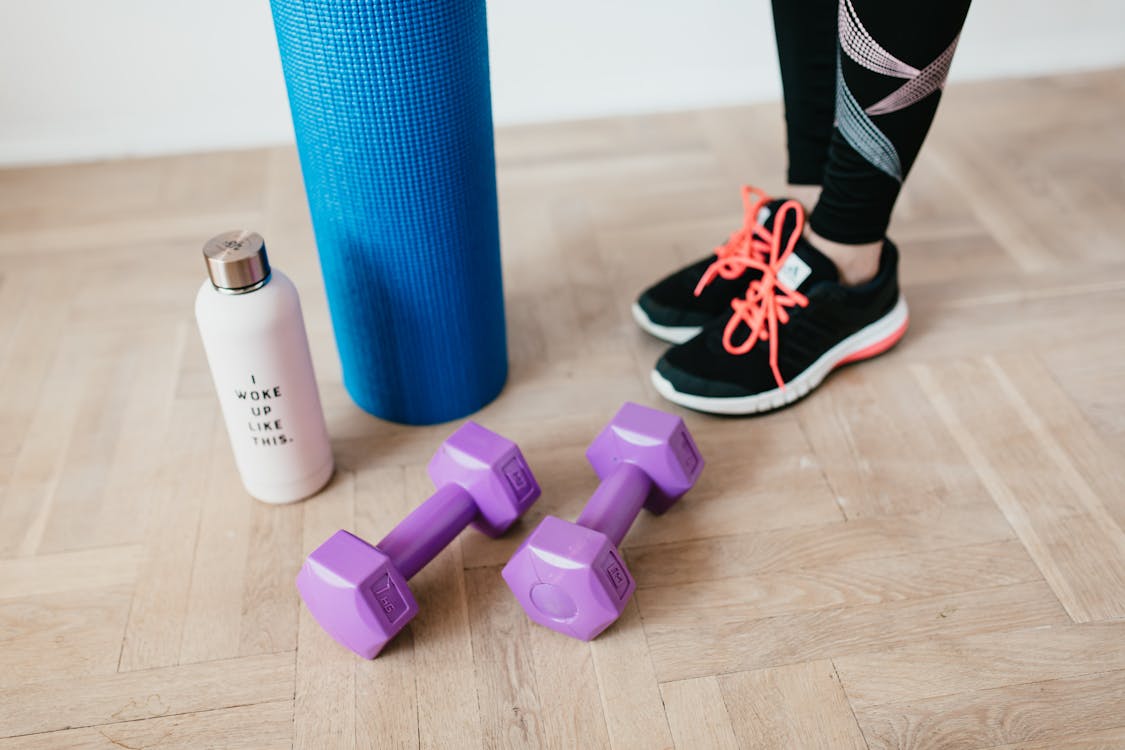
For years, the mantra of "no discomfort, no gain" resembled throughout health clubs and locker spaces. The emphasis was all about pressing harder, raising much heavier, and running quicker. But recently, a shift has actually been silently improving the physical fitness landscape. Healing has entered the limelight, not as an afterthought, but as an important component of efficiency and total health and wellness. This isn't practically sleeping more or taking a time off. Healing has actually evolved right into a structured, science-backed method that is being embraced by elite professional athletes, weekend warriors, and everyday health and fitness lovers alike.
What's transformed is our understanding of exactly how the body responds to stress and anxiety. Exercise, nevertheless, is a controlled kind of tension. It tests muscle mass, joints, and cardio systems. Without sufficient healing, nonetheless, the body doesn't have the chance to rebuild and enhance. Instead of adapting, it breaks down. That's where the idea of "remainder as the new workout" obtains momentum. Healing isn't idleness. It's strategy.
The Science of Getting Stronger While Doing Less
There's an interesting fact that typically goes overlooked in training circles. Most gains in stamina, rate, and endurance take place not throughout the workout itself, but during the time after. When we rest, we repair. Muscle mass reconstruct stronger fibers. The nerve system recalibrates. Hormonal balances are brought back. This is when the magic occurs. Yet, way too many individuals forget this crucial window, jumping from one workout to the next without giving their body time to fully take advantage of the work they've already done.
Today, more individuals are realizing that avoiding rest is really skipping results. Overtraining can lead to fatigue, irritability, and even injury. By weaving structured recovery right into a training routine, the danger of exhaustion is decreased, and the path to long-term progress becomes much clearer.
Energetic Recovery: Movement With Purpose
Relax doesn't constantly indicate not doing anything. In fact, energetic recuperation has become one of one of the most prominent methods to increase healing and reduce pain. Activities such as light walking, yoga exercise, or mobility-focused exercises aid enhance blood circulation, minimize inflammation, and maintain the body limber without adding pressure. These low-intensity sessions assist bridge the gap in between difficult training days, giving both mind and muscular tissues a chance to recharge.
In professional settings, approaches like chiropractic trigger point injections are being used to take care of tight muscle mass groups and release built-up stress. These therapies target details locations where stress and anxiety gathers, aiding the body feature extra openly while additionally boosting flow and variety of motion. This approach blends the most effective of modern-day science and activity treatment, and it's helping redefine how we watch "remainder" in a physical fitness routine.
Modern technology's Role in Recovery Innovation
As healing gains prestige, so too has the innovation sustaining it. Wearable gadgets now check heart rate variability, rest patterns, and tension feedbacks to give insight right into how well somebody is recovering. Yet beyond the gizmos and data, there are additionally developments in healing interventions that concentrate specifically on healing and repair.
One such method is medical laser treatment, which utilizes focused light energy to stimulate tissue repair work, reduce swelling, and speed up the recovery process. This technique has been used in both sporting activities medicine and chronic discomfort administration, using a non-invasive method to support the body's natural recuperation systems. Its performance has made it an important tool for those that wish to preserve peak performance while reducing downtime.
Shifting the Mindset: Rest Without Guilt
For some, specifically those deeply deep-rooted in hustle culture, reducing can really feel detrimental. But reframing remainder as an energetic part of progress transforms the entire perspective. The psychological benefits of remainder are just as substantial as the physical ones. Healing days help manage mood, boost focus, and lower the mental exhaustion that can derail long-lasting objectives.
When individuals start to see remainder as purposeful as opposed to passive, they start to experience a brand-new degree of energy and inspiration. It's no more regarding "gaining" rest days with penalty, but regarding incorporating them into the rhythm of training as a kind of dignity. This change can be one of the most empowering adjustments a person makes in their health and wellness trip.
Recuperation Isn't Just for Athletes Anymore
The principles of healing aren't booked for high-performing professional athletes or those recovering from injury. They're just as crucial for office workers with back pain, parents managing day-to-day duties, or anyone navigating physical or psychological stress. The increase of recuperation has actually equalized the discussion around remainder, transforming it into something that every person can benefit from-- regardless of age, fitness level, or lifestyle.
Services tailored to holistic health, such as sports orthopedic and spine assistance, are aiding even more people prevent injury and handle chronic problems through a recovery-focused lens. Whether it's dealing with joint dysfunction, addressing spinal alignment, or supporting tissue repair service, the integration of healing right into healthcare is developing a much more positive version of treatment that urges prevention over reaction.
Welcoming the New Era of Fitness
As we remain go right here to understand the body's reaction to stress and anxiety and activity, it becomes clear that doing more isn't always the solution. Sometimes, the smartest thing you can do is listen, reduce, and allow your body catch up. Recuperation is no more a side note. It's the core strategy that's raising health and wellness results and redefining what it suggests to be solid.
If you've been pressing continuous, possibly it's time to reconsider your rhythm. The future of fitness isn't just about just how hard you educate-- it's regarding exactly how well you recuperate. Comply with the blog for more insights on health, wellness, and the developing world of performance scientific research. There's even more to discover, and your body will certainly thank you for it.